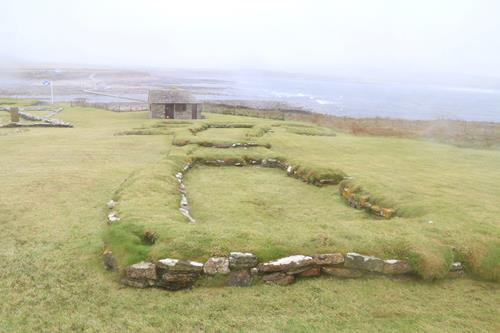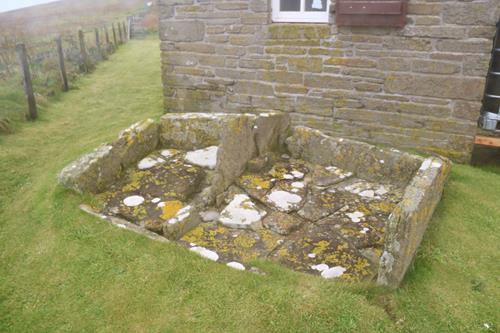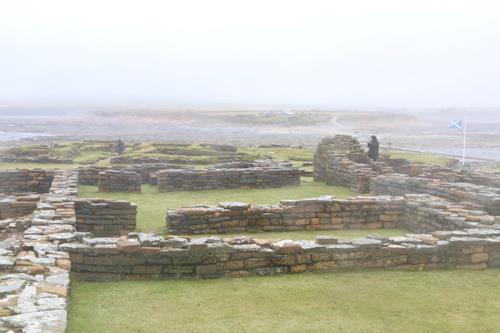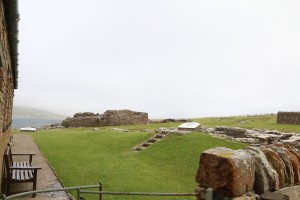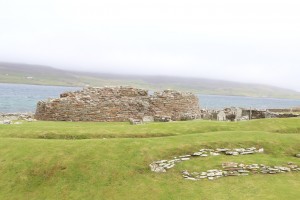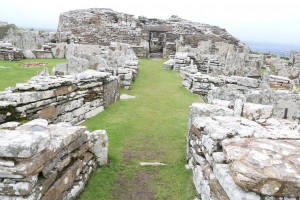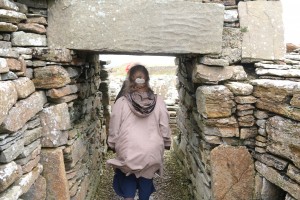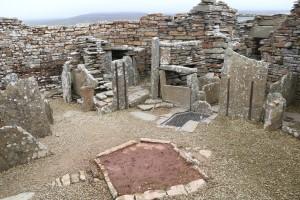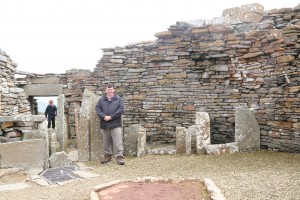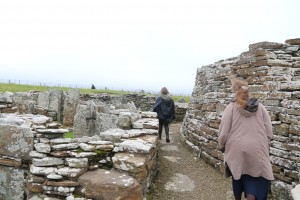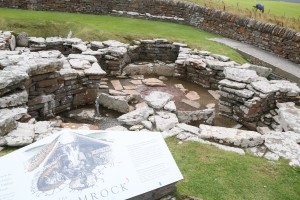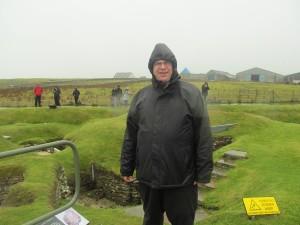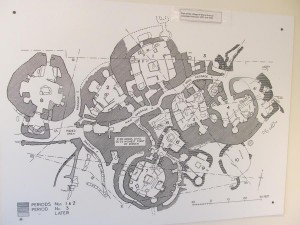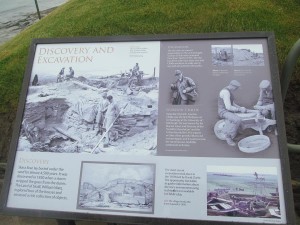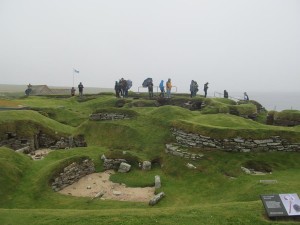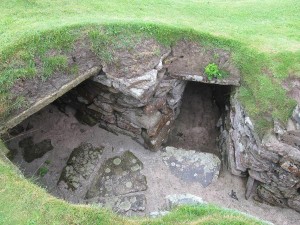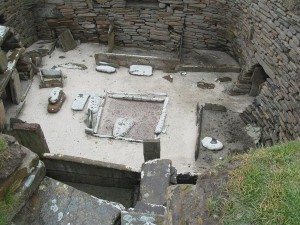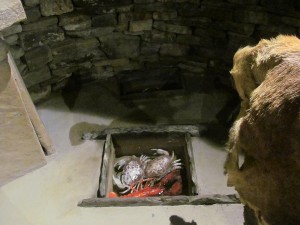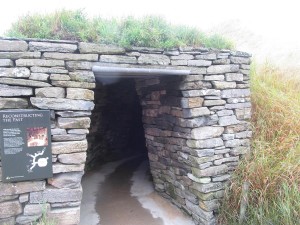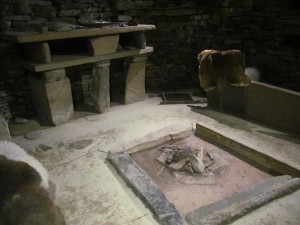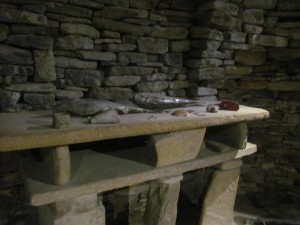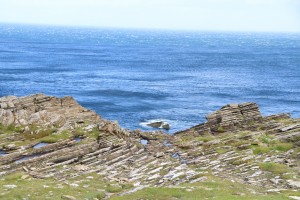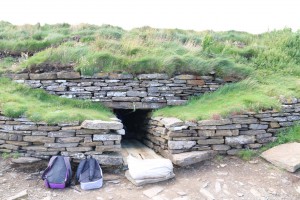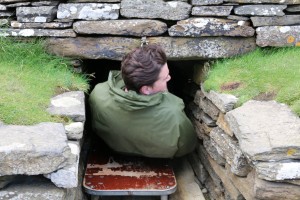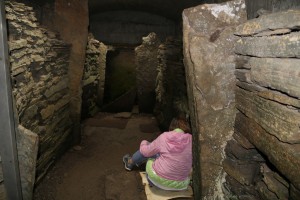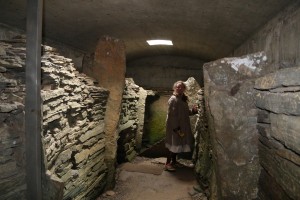In the summer of 2016 I visited the Orkney Islands off the coast of Scotland. It is an archipelago teeming with historical sites of great significance. The summer in Orkney is not very long and many locations are not easy to get to apart from a few weeks in the year. Indeed one site that is quite restricted is the island called the Brough of Birsay which you can only visit between mid-June and the end of September.

This windswept island was however once a focal point in the islands. It features remains of both Pictish and Viking settlements and was perhaps even the capital of the Viking Earls such as Thorfinn ‘the Mighty’, Earl of Orkney. The words ‘brough’ and ‘birsay’ are very descriptive as they seem to derive from the Old Norse borg or ‘fort’. ‘Brough’ implies a naturally defensive island fortress. ‘Birsay’ relates to the fact it is only accessible by a narrow neck of land.



